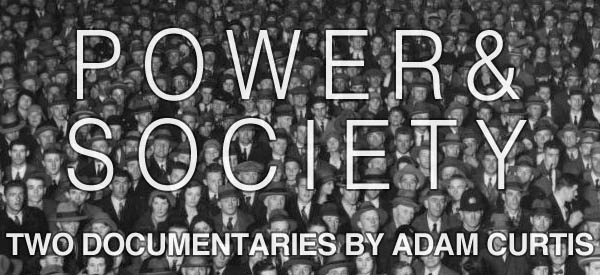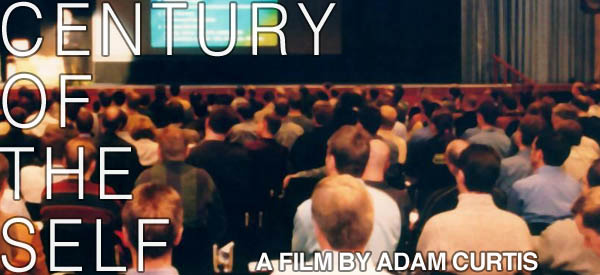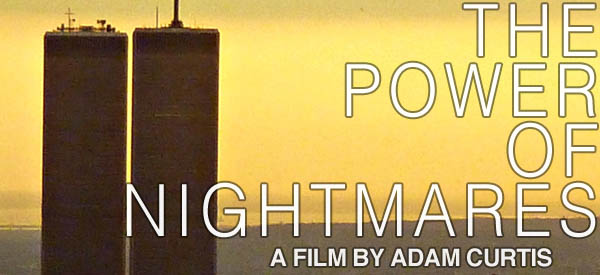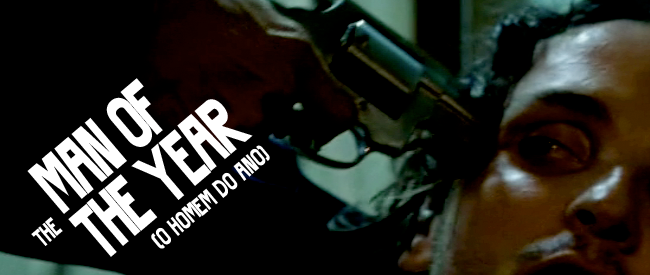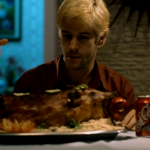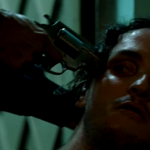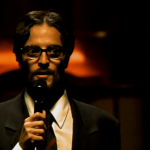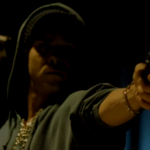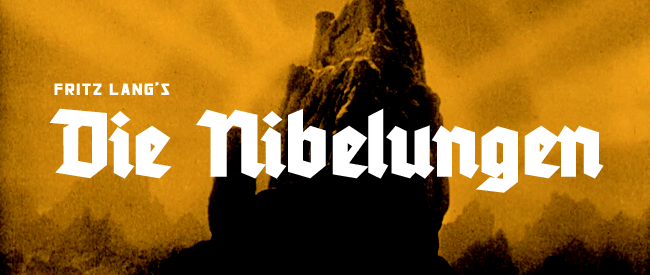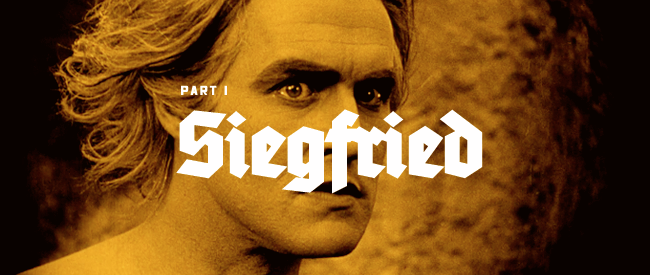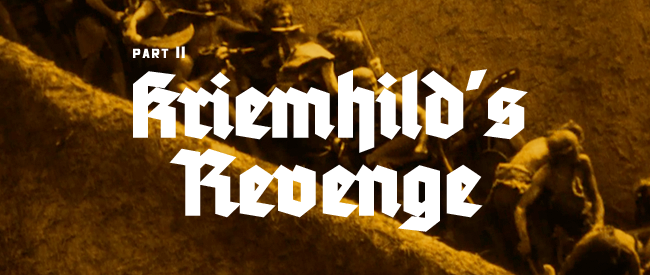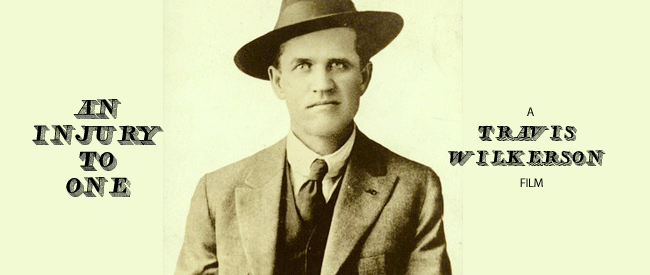
AN INJURY TO ONE
Dir: Travis Wilkerson, 2002.
53 min. USA.
MONDAY, JULY 1 – 10:00 PM
SUNDAY, JULY 21 – 10:00 PM
Courtesy of Icarus Films
AN INJURY TO ONE provides a corrective—and absolutely compelling—glimpse of a particularly volatile moment in early 20th century American labor history: the rise and fall of Butte, Montana. Specifically, it chronicles the mysterious death of Wobbly organizer Frank Little, a story whose grisly details have taken on a legendary status in the state. Much of the extant evidence is inscribed upon the landscape of Butte and its surroundings. Thus, a connection is drawn between the unsolved murder of Little, and the attempted murder of the town itself.
Butte’s history was entirely shaped by its exploitation by the Anaconda Mining Company, which, at the height of WWI, produced ten percent of the world’s copper from the town’s depths. War profiteering and the company’s extreme indifference to the safety of its employees (mortality rates in the mines were higher than in the trenches of Europe) led to Little’s arrival. “The agitator” found in the desperate, agonized miners overwhelming support for his ideas, which included the abolishment of the wage system and the establishment of a socialist commonwealth.
In August 1917, Little was abducted by still-unknown assailants who hung him from a railroad bridge. Pinned to his chest was a note that read 3′-7′-77″, dimensions of a Montana grave. Eight thousand people attended his funeral, the largest in Butte’s history.
The murder provides AN INJURY TO ONE with a taut, suspenseful narrative, but it isn’t the only story. Butte’s history is bound with the entire history of the American left, the rise of McCarthyism, the destruction of the environment, and even the birth of the detective novel. Former Pinkerton detective Dashiell Hammett was rumored to have been involved in the murder, and later depicted it in Red Harvest.
Archival footage mixes with deftly deployed intertitles, while the lyrics to traditional mining songs are accompanied by music from William Oldham, Jim O’Rourke, and the band Low, producing an appropriately moody, effulgent, and strangely out-of-time soundtrack. The result is a unique film/video hybrid that combines painterly images, incisive writing, and a bold graphic sensibility to produce an articulate example of the aesthetic and political possibilities offered by filmmaking in the digital age. [ICARUS FILMS]
“One of American independent cinema’s great achievements of the past decade.” —Dennis Lim, Los Angeles Times
“An astonishing document: part art and part speculative inquiry, buzzing with ambition and dedication. Takes us from the 19th century to the eve of the 21st, from Butte as land of frontier promise to Butte as land of death and environmental destruction. He wields avant-garde graphics and archival ephemera like a lasso, and his shots of modern-day Butte are allusive still-lifes that defy time and place. This is stirring, must-see stuff.”—Austin Chronicle
“A deft, ambitious exercise in old-school socialist agitprop crafted with the precise mulitmedia flair of a corporate Powerpoint presentation, Travis Wilkerson’s AN INJURY TO ONE retells the gritty class struggles of the previous century through smoothly contemporary digital means.”—The Village Voice
“The most exciting documentary of the season. Passionate, persuasive, and beautifully designed, AN INJURY TO ONE is a model of coherent political filmmaking as convincing in its liberalism as its formalism.”—The New York Sun
“Wilkerson’s austere technique radically responds to the paucity of contemporaneous documentary accounts, performing a powerful act of historical archaeology and reclaiming for the working class its status as subject, not a footnote, of historical events. Wilkerson makes these ghostly historical agents palpable and vocal, asserting the relevance of their story to struggles of today and tomorrow.” —Sundance Film Festival

